In the harsh conditions of the Arctic, Dr. Grant Zazula leads an ongoing race against time and nature to save the rich paleontological treasures relinquished by thawing permafrost.
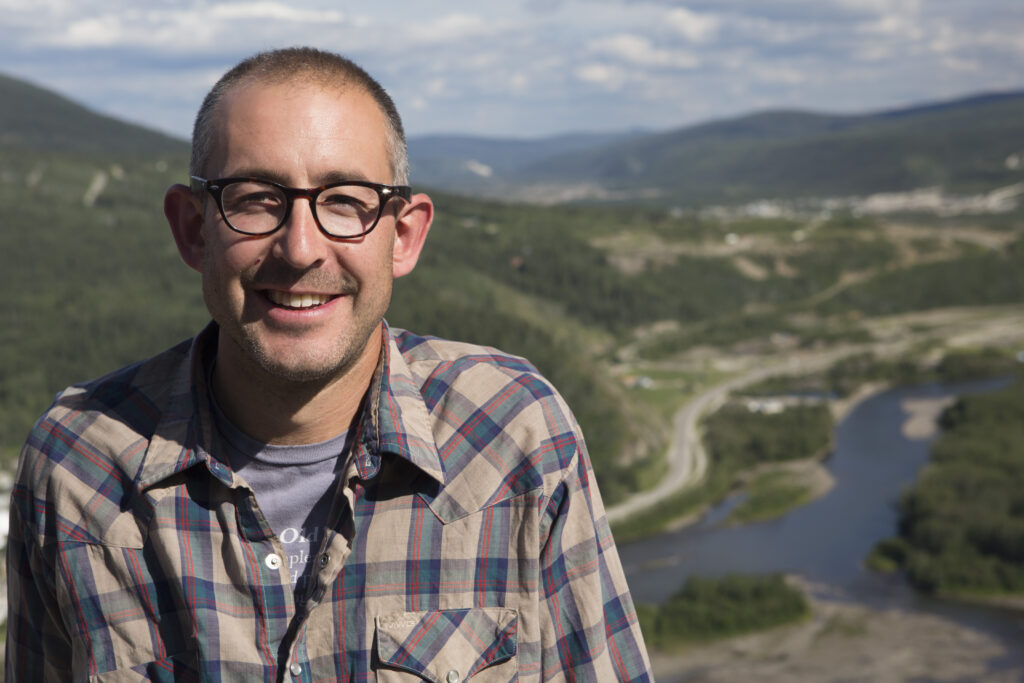
Gold mining operations have been blasting away at the Yukon permafrost since the late 19th century, and global climate change has now joined in that assault. This one-two punch unearths thousands of fossils and bones each summer, and on rare occasions even the mummified remains of an ancient animal. When miners come across these treasures, they contact Dr. Grant Zazula, known as the “Yukon Paleontologist.” This call is the first step in a race against time and elements to extract and preserve the specimen, a process that Dr. Zazula refers to as “salvage paleontology.” Clay recently spoke with Dr. Zazula about the challenges and rewards of this work, and how a couple of recent finds have been more than a boon to scientific knowledge; they’ve prompted the indigenous people of Yukon to engage more intimately with both paleontology and their past. The following interview was edited for length and clarity.
Clay Jenkinson: The work you are doing is thrilling, but it’s also what we might call rescue paleontology. It’s only possible because placer mining is breaking down whole walls of the permafrost.
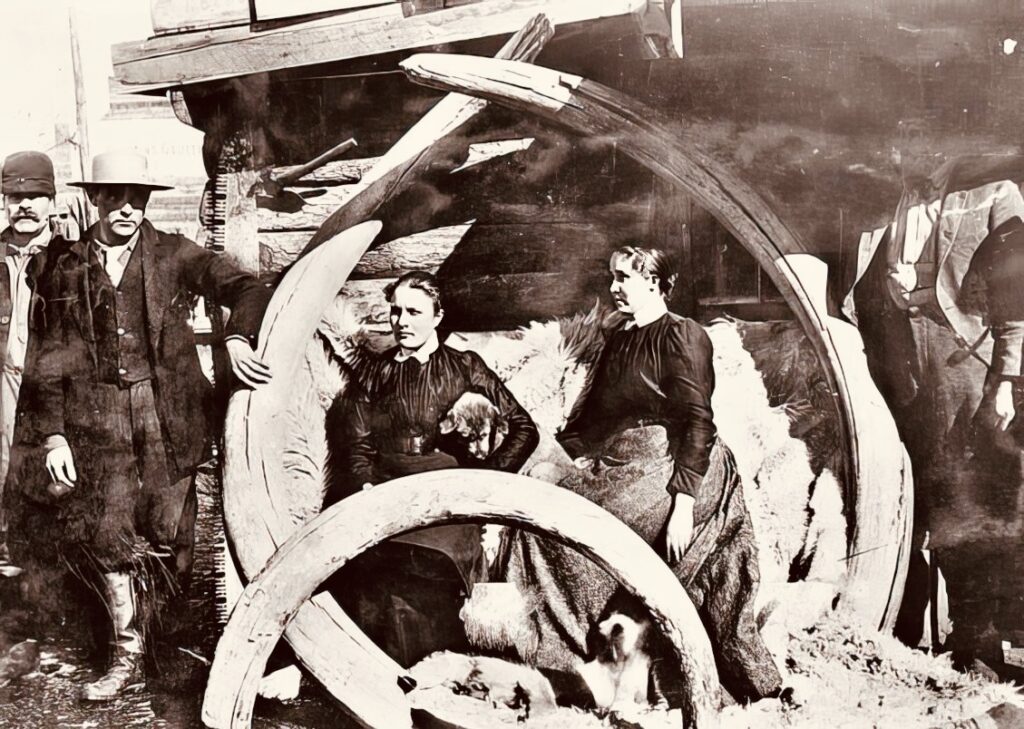
Grant Zazula: Without the gold mining, there would be no exposure into these hillsides. It’s an interesting relationship with gold miners that goes back right to the gold rush of 1898. There are amazing photos of old timers with mammoth tusks. Fortunately, Yukon has legislation that protects archeological sites and paleontological sites. We also have land claims with the indigenous community. From our perspective, we’re just trying to recover this material before it gets lost. It’s a short summer in the Yukon, so miners are working day and night for four or five months. We put a lot of our effort into building relationships with the miners, letting them know how important this is not only for science and the Yukon, but across the globe. And we have fairly good buy-in with the mining community. When they uncover this material, they generally put it aside, and if they see something spectacular, they give us a call. Every once in a while, you get some pretty amazing stuff. And we’re good PR for them. Since they’re blasting away hillsides of permafrost, they get a lot of pressure from various environmental groups.
Increasingly over the last couple years, the First Nations have shown greater interest and capacity in helping. When our team recovered a mummified wolf pup in 2016, it was a game changer. The two clans in the Yukon are the Wolf and the Crow, so having this relationship with the wolf pup really captured their interest. That wolf was 57,000 years old, and it really got the wheels churning in terms of their relationship to paleontology. Things then reached a new pinnacle when Nun Cho Ga was found.
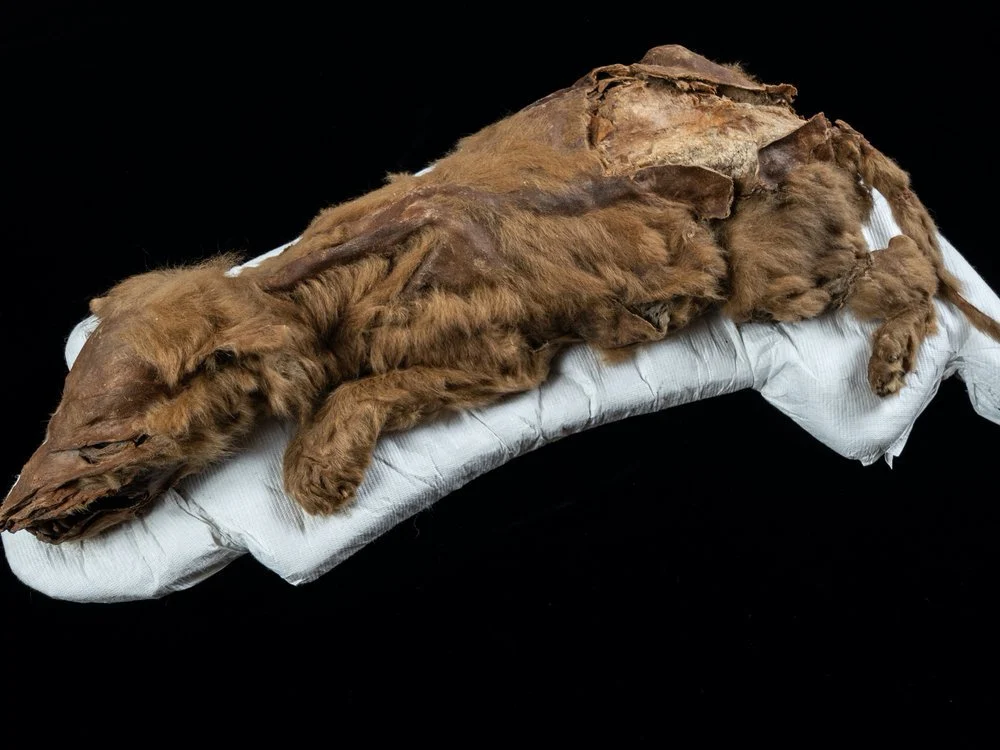
Clay Jenkinson: Do indigenous people have any cultural memory of the mastodon and the mammoth?
Grant Zazula: They do. We work very closely with a community of about 250 people called Old Crow. It’s in the northernmost Yukon. First Nation people are hunters and trappers. Their knowledge of skeletal anatomy is incredible, so when they’re going up and down the rivers and they see a three-foot femur bone, they know right away that it’s a leg bone of a big animal. They know it’s not a moose. So these stories about ancient monsters became deeply embedded in the community. There’s this notion that these animals were frozen into the ground in a sort of purgatory, neither alive nor dead. And there are stories about mammoths harassing communities. We know now that there were probably small pockets of mammoth still living in the Yukon up until five or six thousand years ago. We also know that oral histories amongst indigenous people in North America go back thousands of years. So there were people in these places at that time, and they were almost certainly running into these animals. These may have been residual populations left over from the end of the Ice Age, but I’m sure they left their mark on people. The cultural knowledge of those animals was certainly passed on for thousands of years. I’m convinced that some of these stories are legitimate and can tell us a lot about the history of the mammoth.
Clay Jenkinson: What is the difference between fossilized remains and mummified remains?
Grant Zazula: A fossil is any remains from an ancient plant or animal. But mummified remains are the things that bring the whole story to life for you. Every summer our program collects up to 7,000 individual bones, but mummified remains are incredibly rare. I never thought I would see a real mummified woolly mammoth. You can learn a lot scientifically from these mummified animals. They bring the ice age to life. You can show someone a mammoth tusk or a tooth, and they might say, “Oh, that’s nice.” But when you show them the whole animal, something that’s been extinct for thousands of years, it brings the whole picture together. It’s a real privilege to interact with a mummified mammoth, to touch it and to look it in the eye. It’s something very few people have an opportunity to do. It changes you. It’s really visceral. It’s humbling. Seeing the impact that Nun Cho Ga had on the First Nation community is something I’ll never forget. I saw an elder at the site bend over and pick up a piece of mammoth hair from the spot where the mammoth came from. That kind of connection between people and land and ancient animals is really profound.
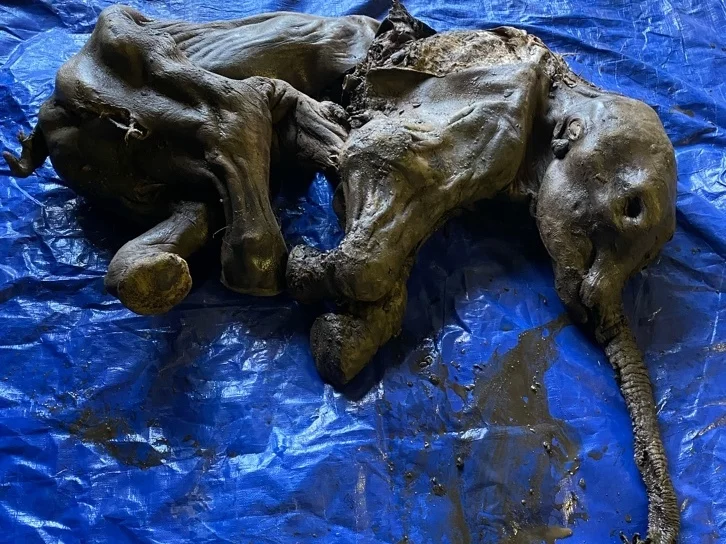
Clay Jenkinson: Thomas Jefferson had a childlike wonder for the mammoth. The mastodon and the mammoth were to his time what the dinosaur is to our time, these gigantic, fascinating, now gone creatures that fill us with wonder and make us imagine a world unlike anything we see today.
Grant Zazula: The difference is that we’re not connected to dinosaurs. That was 65 million years ago. But the mammoth and the mastodon were here just yesterday. We’re so closely connected to them. Our ancestors hunted and interacted with these giant, Ice Age megafauna. That’s the appeal, and that’s also the connection to climate change. These fossils are evidence of changes in recent earth history.
“The difference is that we’re not connected to dinosaurs. That was 65 million years ago. But the mammoth and the mastodon were here just yesterday. We’re so closely connected to them.”
DR. GRANT ZAZULA
Clay Jenkinson: If global climate change is as dramatic as some believe that it will be, there are going to be more of these treasures that need to be preserved. They’re not going to be okay just sitting out there in the middle of nowhere.
Grant Zazula: Once it comes out of the ground, it needs to be collected and dealt with. It’s like salvage paleontology. As climate change ramps up, there’s a lot more permafrost melting in areas like the Arctic Coast and Siberia. That’s going to create a need for more monitoring. We need to get to it before it gets eaten or lost or buried or simply forgotten about. Archeological sites and paleontological objects are best protected in the ground. They’ve been there for thousands of years. Once they get exposed, that’s when the work starts.
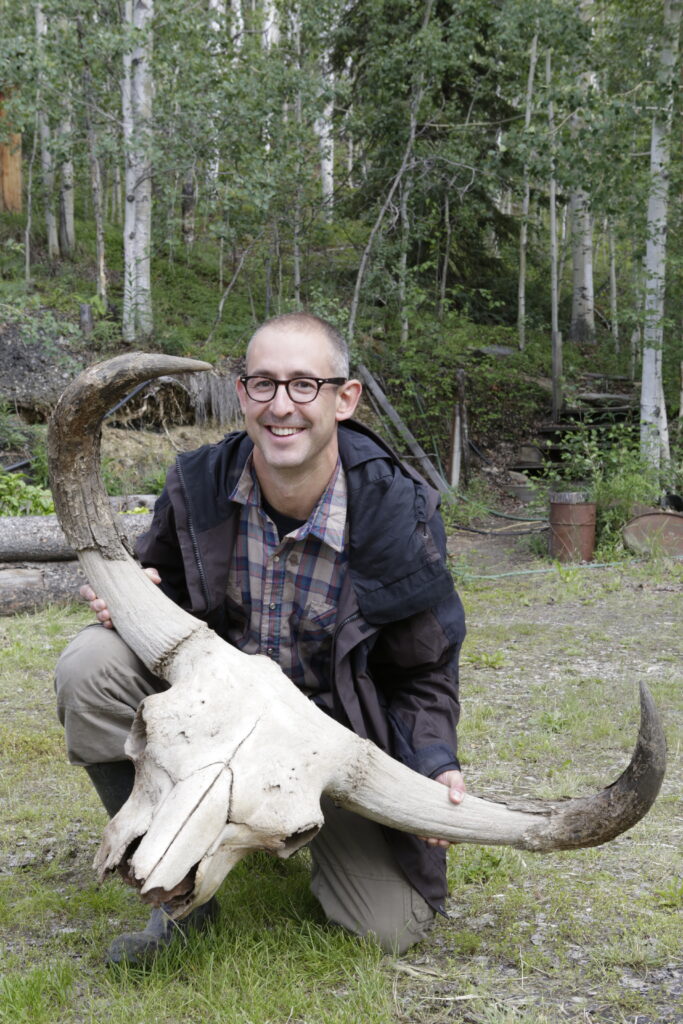
Clay Jenkinson: What are you anticipating for this summer’s work?
Grant Zazula: Because of the discovery of Nun Cho Ga, we’re involved in discussions with the local First Nation about how that is going to work. What I’m hoping for is a growing connection between the First Nation community and our program, working a lot more collaboratively. Embracing this mammoth as they have is going to bring a lot to the First Nation community. And, by extension, so will embracing the whole topic of the Ice Age. This provides amazing opportunities for young people to learn about science, to learn about their own heritage, and to learn about their connection to the land. We’ve put a lot of effort into building a relationship with the gold miners, and it’s equally important to build these First Nation connections.
Clay Jenkinson: What about the Jurassic Park concept of rebuilding something like this from its DNA? Is that something that people like you actually think about?
Grant Zazula: We definitely think about it, and a lot of my colleagues are heavily involved. There’s a company called Colossal Biosciences that is trying to revive the dodo. The next thing on their list is a woolly mammoth. For me personally, I feel that with the terrible stuff we’re doing to the environment and to living animals today, we should put our efforts into taking care of what we have rather than trying to replace what was once gone. If we don’t pay more attention to the current biodiversity crisis, we’re just leading the way to more extinctions.
Colossal Laboratories and Biosciences, the “De-Extinction” Company.
If you would like to hear to the entire episode you can find it here: #1542 The Quest for the Wooly Mammoth.
